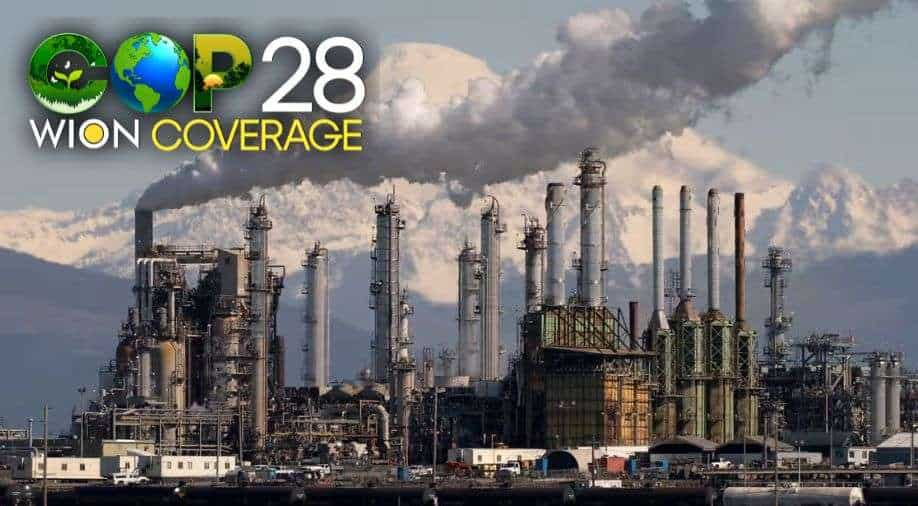Surge in greenhouse gas emissions points to China, US, and India as primary culprits: Data
Story highlights
Global greenhouse gas emissions have surged since 2015, with China and India contributing significantly through electricity generation, and the US impacting emissions with oil and gas production. Despite over 100 countries pledging to reduce methane, a potent greenhouse gas, recent data from the Climate Trace project indicates a rise in methane levels.
New data from the Climate Trace project shows that electricity generation in China and India, along with oil and gas production in the US, has driven the most significant increases in global greenhouse gas emissions since the signing of the Paris climate agreement in 2015.
The findings shift focus to the challenge of accurately reporting emissions, with many countries and companies failing to fulfill their obligations under the Paris agreement.
Rising methane emissions despite pledges
trending now
The data also reveals a rise in methane emissions, a greenhouse gas 80 times more potent than carbon dioxide.
Over 100 countries pledged to reduce methane emissions, yet the latest figures indicate an increase.
Coal mines in China notably contributed to the surge in methane emissions between 2021 and 2022.
Also watch | COP28 Summit: Could the world agree to ditch fossil fuels at COP28?
China, however, has recently committed to including methane in its national climate plans and is collaborating with the US to address this issue.
As more than 190 countries convene in Dubai for the COP28 UN climate summit, the focus is on the "global stocktake," assessing progress toward the emissions cuts necessary to stay within the 1.5ºC temperature limit set by the Paris agreement.
Al Gore, co-founder of Climate Trace, told the Guardian the importance of accurate emissions information and the project's role in pinpointing emission sources through satellite images and AI software.
“Climate Trace is filling a vacuum that is presently virtually devoid of accurate information. We can break down exactly where emissions are coming from, facility by facility. If the problem is greenhouse gas emissions, it only makes sense to find out where they’re coming from,” he said.
Scientists stress on the urgency of sharp cuts to methane to mitigate the worst impacts of global heating.
Cooperation on methane reduction at the Cop28 summit is viewed as a positive step that could potentially help keep the 1.5C target achievable.
Methane reductions, along with cuts to other short-lived pollutants, could contribute significantly to lowering global temperature increases by up to 0.3C.
Over 50 oil and gas companies at COP28 have joined a "decarbonisation accelerator" to reduce the climate impact of their operations.
However, critics argue that the voluntary nature of the pledge makes accountability challenging, and stronger legal agreements are needed for a substantial phase-out of fossil fuels.
Climate Trace data also reveals a rebound in emissions from aviation post-Covid lockdowns. Carbon emissions from international flights surged by 74 per cent between 2021 and 2022, while domestic flight emissions rose by 18 per cent during the same period. Road transport emissions increased by 3.5 per cent potentially linked to the rise in SUV sales.
Deforestation decline offers positive note
Amidst the concerning trends, there is positive news regarding deforestation. Key regions, including the Congo Basin, have witnessed a drop in emissions from forest degradation and destruction. In 2022, emissions in the Congo Basin decreased by up to 19 per cent compared to the previous year.
(With inputs from agencies)

















